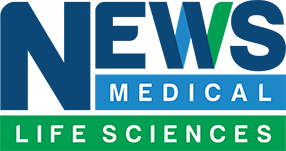In a study that was presented at the Society for Maternal-Fetal Medicine’s annual meeting in San Francisco, Biocell Center, the leader in amniotic fluid banking, together with a group of collaborators, confirmed that amniotic fluid collected during the third trimester of pregnancy is a reliable source of stem cells for regenerative medicine and stem cell banking.
Amniotic fluid has emerged as one of the most attractive sources of mesenchymal stem cells with broad utility for stem cell therapy development. The stem cells contained in amniotic fluid are multifunctional and can grow into many different organs and tissues. Research shows that these stem cells could be used to repair cartilage in the knee, heal wounds or grow heart valves. There are 160 human clinical trials around the world evaluating cells similar to the ones found in amniotic fluid, and researchers predict innovations to continue.
“Amniotic fluid banking is the latest advance in stem cell preservation. Research with these stem cells is leading to significant medical discoveries, and the only way to take advantage is to plan ahead and preserve now,” says Dr. Kate Torchilin, PhD, CEO of Biocell Center. “Additionally, a little bit of fluid can be easily collected during prenatal tests throughout pregnancy.”
The study confirms that amniotic fluid collected during the third trimester contains mesenchymal stem cells that are similar to younger amniotic fluid cells collected earlier in pregnancy, and potentially enables many more pregnant women to save amniotic fluid.
Amniotic fluid preservation has been widely available in Europe for years, and is rapidly gaining traction in the US. Families banking amniotic fluid now can give their child many options for the future.
“I recommend that moms undergoing certain prenatal tests, such as amniocentesis, in the second or third trimester, discuss saving this fluid with their doctor as soon as they know they will be having an amnio,” says Dr. Lucy Bayer, the chief Maternal Fetal Medicine Doctor at St. Elizabeth Hospital and one of the investigators for the study. “Additionally, I am very excited about these findings, as they affirm amniotic fluid as an excellent source of cells for tissue regeneration.”
The study comes out just 2 weeks after the first national Amniotic Fluid Awareness Day that educated expecting families about the benefits of amniotic fluid beyond pregnancy.
